 W
WJohn Andaman or Jack Andaman was the name given to an Andaman native who was taken captive aboard a British navy ship near Interview Island on a survey of the Andaman Islands under Frederic J. Mouat. He was taken to Calcutta and returned to the place of his capture when ill health began to torment him. It has been suggested that Sir Arthur Conan Doyle described Tonga, an Andamanese native character, in his 1890 novel The Sign of Four based on Mouat's description of John Andaman.
 W
WCow blowing, Kuhblasen, phooka, or doom dev, is a process used in many countries according to ethnographers, in which forceful blowing of air into a cow's vagina is applied to induce her to produce more milk.
 W
WIn religious studies, an ethnic religion is a religion or belief associated with a particular ethnic group. Ethnic religions are often distinguished from universal religions, such as Christianity or Islam, which are not limited in ethnic, national or racial scope.
 W
WEthnography is a branch of anthropology and the systematic study of individual cultures. Ethnography explores cultural phenomena from the point of view of the subject of the study. Ethnography is also a type of social research involving the examination of the behaviour of the participants in a given social situation and understanding the group members' own interpretation of such behaviour.
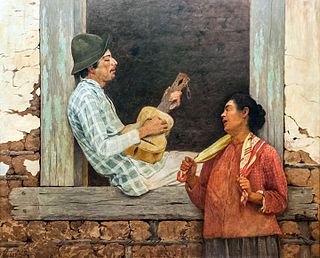 W
WA folk instrument is a musical instrument that developed among common people and usually does not have a known inventor. It can be made from wood, metal or other material. Such an instrument is played in performances of folk music.
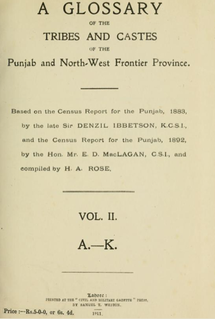 W
WA Glossary of the Tribes and Castes of the Punjab and North-West Frontier Province is an ethnological study of areas of present-day Pakistan and India.
 W
WThe Indian Antiquary: A journal of oriental research in archaeology, history, literature, language, philosophy, religion, folklore, &c, &c, was a journal of original research relating to India, published between 1872 and 1933. It was founded by the archaeologist James Burgess to enable the sharing of knowledge between scholars based in Europe and in India and was notable for the high quality of its epigraphic illustrations which enabled scholars to make accurate translations of texts that in many cases remain the definitive versions to this day. It was also pioneering in its recording of Indian folklore. It was succeeded by The New Indian Antiquary (1938-47) and the Indian Antiquary (1964-71).
 W
WInsects have long been used in medicine, both traditional and modern, sometimes with little evidence of their effectiveness. For the purpose of the article, and in line with custom, medicinal uses of other arthropods such as spiders are included.
 W
WAdam František Kollár de Keresztén was a Slovak jurist, Imperial-Royal Court Councillor and Chief Imperial-Royal Librarian, a member of Natio Hungarica in the Kingdom of Hungary, a historian, ethnologist, an influential advocate of Empress Maria Theresa's Enlightened and centralist policies. His advancement of Maria Theresa's status in the Kingdom of Hungary as its apostolic ruler in 1772 was used as an argument in support of the subsequent Habsburg annexations of Galicia and Dalmatia. Kollár is also credited with coining the term ethnology and providing its first definition in 1783. Some authors see him as one of the earliest pro-Slovak, pro-Slavic, and pan-Slavic activists in the Habsburg Monarchy.
 W
WThe Moralia is a group of manuscripts dating from the 10th-13th centuries, traditionally ascribed to the 1st-century Greek scholar Plutarch of Chaeronea. The eclectic collection contains 78 essays and transcribed speeches. They provide insights into Roman and Greek life, but often are also timeless observations in their own right. Many generations of Europeans have read or imitated them, including Michel de Montaigne and the Renaissance Humanists and Enlightenment philosophers.
 W
WThe pastoral is a traditional kind of play from the Basque Country held in the region of Soule, France. It features a set range of characters and acts repeated on all pieces. This kind of theatre represents a dualism between the wicked and the righteous. On every new creation, a different story is staged, where verses are recited in Zuberoan Basque by the players following a pre-established stance and steps on the scene. Singing and dance play an important role too, the performance actually culminating with a choral staging where the collective spirit is voiced. The development of the story is supported by a brass-band and/or the xirula and the psalterium (ttun-ttun).
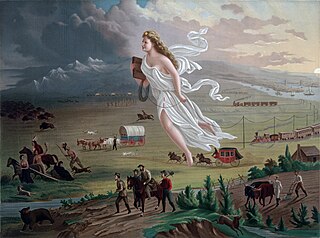 W
WProgress is the movement towards a refined, improved, or otherwise desired state. In the context of progressivism, it refers to the proposition that advancements in technology, science, and social organization have resulted, and by extension will continue to result, in an improved human condition; the latter may happen as a result of direct human action, as in social enterprise or through activism, or as a natural part of sociocultural evolution.
 W
WThe Race Question is the first of four UNESCO statements about issues of race. It was issued on 18 July 1950 following World War II and Nazi racism to clarify what was scientifically known about race, and as a moral condemnation of racism. It was criticized on several grounds and revised versions were publicized in 1951, 1967, and 1978.
 W
WSieradz Land is a historical region of Poland, the southeastern part of Greater Poland. It has been also the name of the administrative unit from 14th-18th centuries of the same borders ; the sejmik used to be held in Szadek. It has been a part of Archdiocese of Gniezno, and Uniejów used to be a residence of the primate. It has 9,700 km2 and about 950,000 inhabitants. Its traditional capital is Sieradz, while other bigger cities are Piotrków Trybunalski, Radomsko, Tomaszów Mazowiecki, Bełchatów, Zduńska Wola, and Pabianice. It lies at the Warta and on the left bank of Pilica rivers, and these are mainly forested areas.
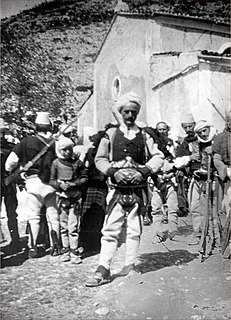 W
WThe term tribe is used in many different contexts to refer to a category of human social group. The predominant usage of the term is in the discipline of anthropology. The definition is contested, in part due to conflicting theoretical understandings of social and kinship structures, and also reflecting the problematic application of this concept to extremely diverse human societies. The concept is often contrasted by anthropologists with other social and kinship groups, being hierarchically larger than a lineage or clan, but smaller than a chiefdom, nation or state. These terms are equally disputed. In some cases tribes have legal recognition and some degree of political autonomy from national or federal government, but this legalistic usage of the term may conflict with anthropological definitions.
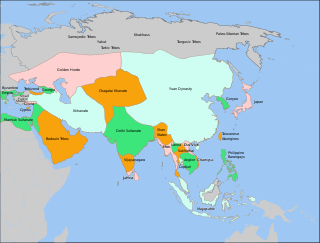 W
WTurco-Mongol or the Turko-Mongol tradition was an ethnocultural synthesis that arose in Asia during the 14th century, among the ruling elites of the Golden Horde and the Chagatai Khanate.